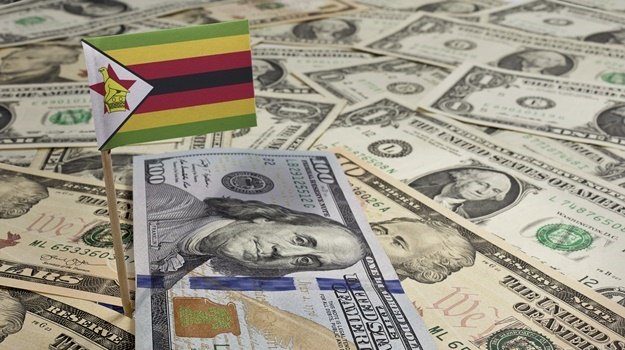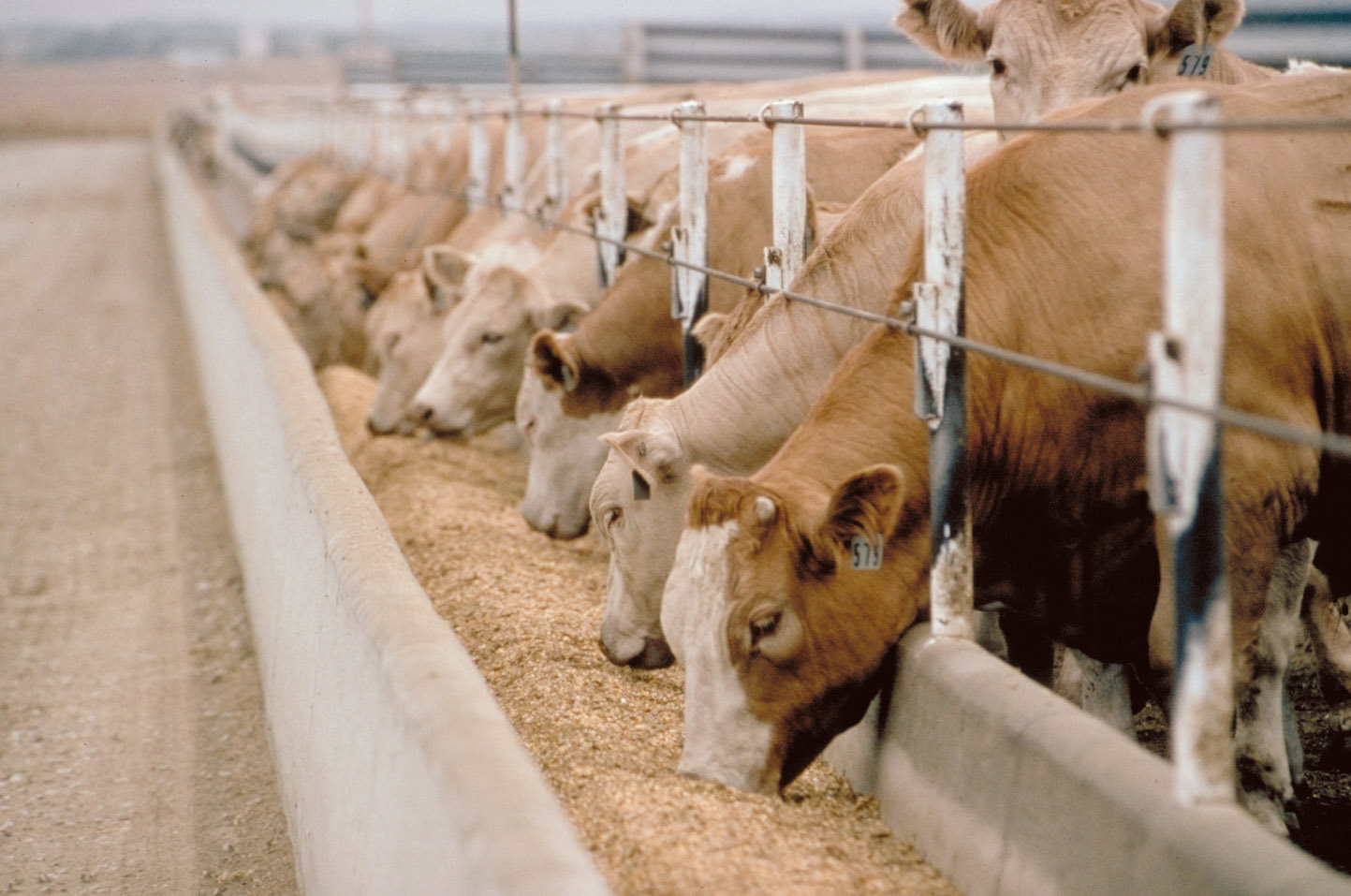Mining records increase in production
ZIMBABWE’S mining sector recorded a production increase of over 20 percent in the second quarter of the year, a strong affirmation of growing investor confidence in the country as the sector is attracting fresh investments running into billions of dollars in high-impact projects across mineral sub-sectors.
In line with the US$12 billion milestone target by 2023, the new projects have seen a huge jump in mining output in recent years, with corresponding export earnings and massive job creation impact along the value chain.
The mining sector is a key player in the country’s economy, contributing more than 60 percent of Zimbabwe’s export receipts and attracting more than 50 percent of foreign direct investment (FDI).
The sector also contributes about 13 percent to the Gross Domestic Product, as well as generating significant downstream business and revenue injection to the fiscus through taxes.
Last week, the Zimbabwe National Statistics Agency (Zimstat) released an Index of Mineral Production for the second quarter which indicates that overall mineral production was over 144 percent, reflecting more than 20 percent increase against 119 percent recorded last year.
“The index of mineral production for 2nd quarter 2023 stood at 144, 3, reflecting a year-on-year percentage increase of 20.5 compared to the 2nd quarter 2022 value of 119,8. The quarter-on-quarter comparison showed an increase of 8,6 percent from 132.9 recorded in 1st quarter 2023 to 144.3 recorded in 2nd quarter 2023,” reads part of the report.
According to the report, the output index for gold in the quarter under review was 123,0, reflecting a 26,7 percent increase when compared to 97,1 recorded in the first quarter. The platinum output index for the quarter was 139, 1 with the year-on-year index increasing by 25,4 percent from 110,9 in the 2nd quarter 2022.
A recent World Platinum Investment Council (WPIC) report noted that Zimbabwe’s 2023 platinum production is set to reach an all-time high of 502koz, representing a five percent year-on-year increase largely driven by expansion at Zimplats.
Zimbabwe is the world’s third-largest producer of platinum after Russia and South Africa and Zimplats, Unki, and Mimosa are the country’s major producers of platinum.
Diamond recorded an output index of 261, 2 in the period under review compared to 205,9 in the second quarter of 2022. Year-on-year comparison showed a 26,8 percent increase.
The second quarter output index for copper was 141,7. The year-on-year index analysis shows an increase of 78,5 percent from 79,4 in the period under review.
The quarter-on-quarter comparison recorded a 3,1 percent decrease in the output index from 146,3 recorded in first quarter 2023.
The report notes that coal had an output index of 461,6 with year-on-year index comparison reflecting a percentage increase of 96,6 from 234,8 recorded in the second quarter of 2022.
Quarter-on-quarter analysis shows that the output index was 12,3 percent higher than 410,9 recorded in the first quarter of the year. The lithium production index for the period under review was pegged at 153,9 depicting a year-on-year increase of 54,72 percent from 99,5 recorded in the second quarter of 2022.
However, production decreased from 29,174 metric tonnes in first quarter 2023 to 24,376 metric tonnes in the second quarter of the year reflecting a quarter-on-quarter decrease of 16,5 percent.
Lithium is the booming mineral in the Zimbabwean mining sector, with world demand rapidly rising as manufacture of lithium-ion batteries soars and Zimbabwe holds one of the largest reserves in Africa of the preferred hard rock deposits and the most easily accessible.
Lithium has become a much sought-after mineral across the world as the automotive industry is shifting towards electric cars that among other valuables use lithium-ion batteries. Several investments are rolled out in the sector.
For instance, the sector is primed for a massive investment outlay with Kuvimba Mining House (KMH) developing a US$3 billion Sandawana Mine and more than 600 000 tonnes of high-grade lithium ore valued at over USS216 million has been mined and stockpiled.
Sandawana Mine which has a high-grade lithium deposit mine is located in Mberengwa District. The plant is expected to be commissioned within 18 months.
Zimbabwe has been recording a growth trajectory in the mining sector following different policy interventions, which has seen gold output growing as well as new players investing in the sector.
The mining sector has recorded a cumulative total of US$20,2 billion in export earnings in the past five years spurred by the improved investment climate ushered in by the Second Republic.
International investors have also grabbed the opportunity in the sector bringing in new technologies and promoting value addition and beneficiation of local minerals.-chronicle









